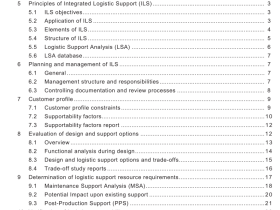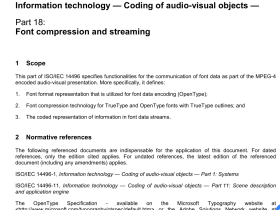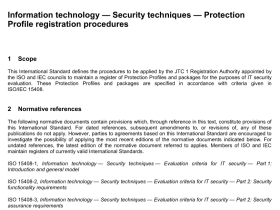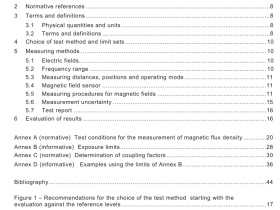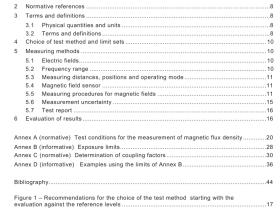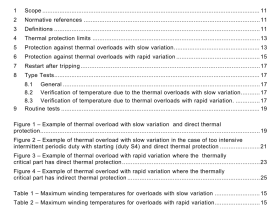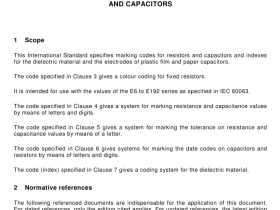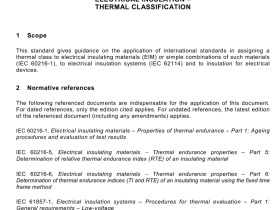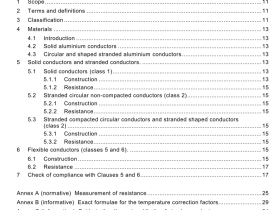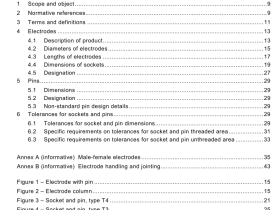IEC 61972 pdf download
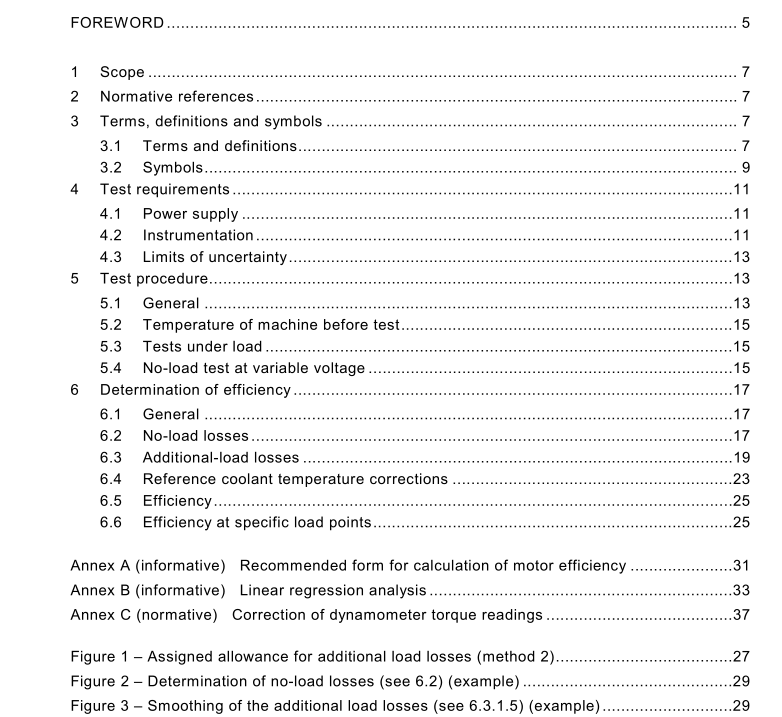
IEC 61972 pdf download Method for determining losses and efficiency of three-phase cage induction motors
1 Scope
This International Standard is applicable to three-phase cage induction motors and establishestwo methods for determination of efficiency:
Method 1: for motors tested by using a torque measurement device,with additional load losses derived from measurements;
Method 2: for motors tested without torque measurement,with assigned additional load losses.
The two methods are different in the procedure to obtain the additional load losses.Unlessotherwise specified, method 1 should be used for motors up to 150 kW.
For other methods of efficiency estimation, see lEC 60034-2.
2Normative references
The following referenced documents are indispensable for the application of this document.Fordated references,only the edition cited applies.For undated references, the latest edition ofthe referenced document (including any amendments) applies.
IEC 60034-1,Rotating electrical machines – Part 1: Rating and performance
IEC 60034-2:1972,Rotating electrical machines – Part 2: Methods for determining losses andefficiency of rotating electrical machinery from tests (excluding machines for traction vehicles)Amendment 1 (1995)
Amendment 2 (1996)
IEC60044 (all parts),Instrument transformers
IEC 60051-1,Direct acting indicating analogue electrical measuring instruments and theiraccessories – Part 1: Definitions and general requirements common to all parts
IEC 60279,Measurement of the winding resistance of an a.c. machine during operation atalternative voltage
3 Terms, definitions and symbols3.1Terms and definitions
For the purposes of this document,the terms and definitions given in lEC 60034-1 and inIEC 60034-2, as well as the following, apply.
3.1 .1
core losses
losses in active iron and additional no-load losses in other metal parts
3.1 .2
additional load losses
a) losses produced by the load current in active iron and other metal parts other than conductors.
b) eddy current losses in primary or secondary winding conductors caused by current dependent flux pulsations.
NOTE These losses are also known as stray load loss in some countries.
3.2 Symbols
cos ϕ power factor
f supply frequency
I line current
I 0 line current at no-load
(I 2 R) 0 stator winding losses at no-load
(I 2 R) s stator winding losses
(I 2 R) r rotor winding losses
(I 2 R) ss stator winding losses corrected to the rated load temperature which has been corrected to a reference coolant temperature of 25 °C
(I 2 R) rs rotor winding losses corrected to the rated load temperature which has been corrected to a reference coolant temperature of 25 °C
k d dynamometer torque correction
n operating speed (see note)
p number of pole pairs
P 1 input power
P 2 output power
P 2N rated output power
P FE core losses
P f windage and friction losses
P k constant losses
P L residual losses
P LL additional-load losses
P 0 input power at no-load
P d0 input power at no-load with coupled dynamometer
R stator line-to-line d.c. resistance
R a stator line-to-line resistance at the initial winding temperature θ i measured at ambient temperature
R s stator line-to-line resistance corrected to a reference coolant temperature of 25° C
R N stator line-to-line resistance at rated load at the end of the thermal test
R 0 stator line-to-line resistance at no-load
s slip in per unit value of synchronous speed
s s the slip corrected to a reference temperature of 25 °C
